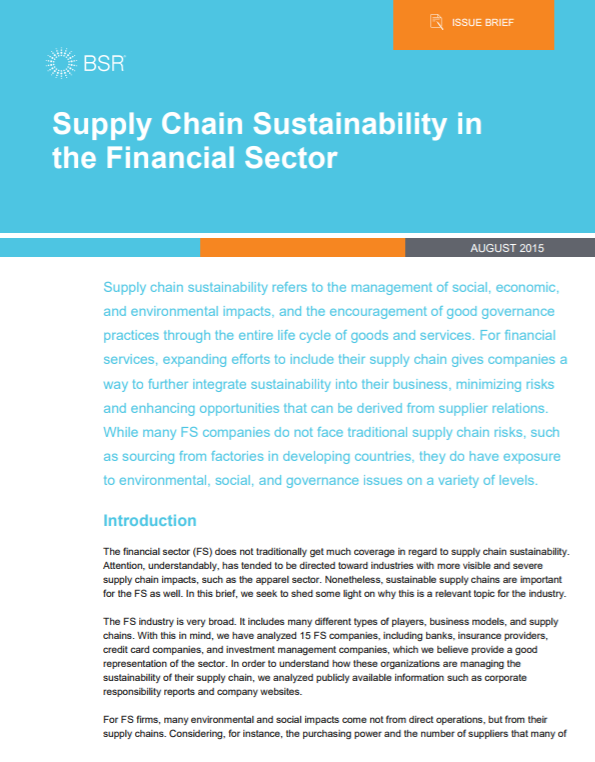Enhancing Policy Responses to Addressing Child Sexual Exploitation and Abuse (CSEA) in Kenya
LegislationPublicationsThis Advocacy Brief aims to support civil society organizations to improve legal, policy and other responses to child sexual exploitation and abuse (CSEA) in Kenya. It is an output of the Enhancing Policy Responses to Addressing Child Sexual...Read More

